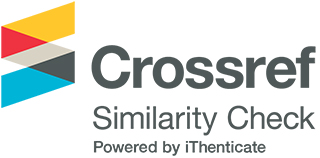Economic Value-Added Creation by Optimizing Capital Structure in Project Finance
DOI:
https://doi.org/10.33422/ijarme.v3i2.446Keywords:
Economic Value Added, Project Finance, NOPAT, Balance sheet, WACC, ROICAbstract
Infrastructure Projects are large investment by the public and/or private sector that required enormous financial resource commitment to build physical asset and facilities needed for economic development so that the company need project financing to support with. Project finance is based on debt repayment from project companies’ revenue and not on the sponsors or the developer’s balance sheet, so the project companies should assure the cash flow is sufficient for debt repayment and dividend payment. Beside that investors still have to analyze the value created in that project with highest positive Economic Value Added. Net Operating Profit After Tax (NOPAT) need to cover cost of invested capital to create value so that the ratio of NOPAT to total Project Cost (Return on Invested Capital) is should be more than the weighted average cost of capital (WACC). The capital structure doesn’t have an optimum weight and cost as long as the Return on Invested Capital (ROIC) higher than WACC.









